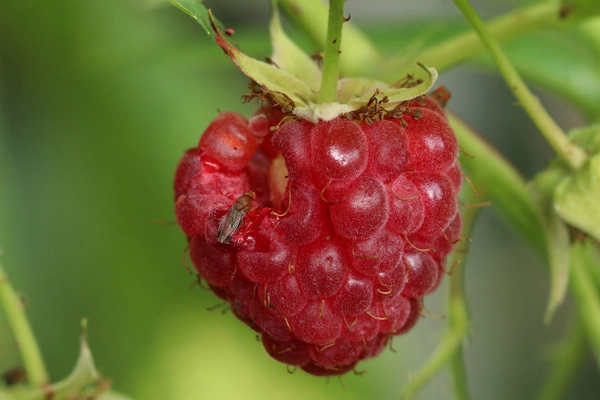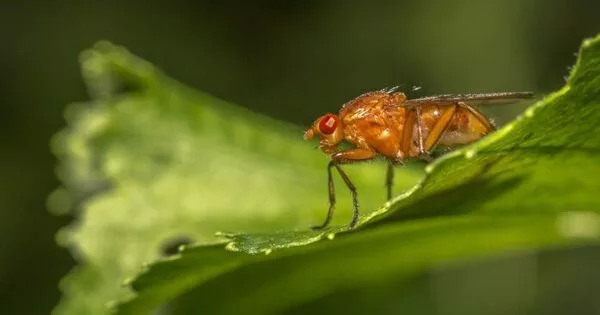Gene drive technology based on CRISPR/Cas9 has the potential to suppress agricultural pests. Gene drives are genetic systems that can influence the inheritance of specific genes, allowing them to spread quickly through a population. The CRISPR/Cas9 gene editing system is used in this technology to introduce and spread specific genetic modifications within a population. A gene-drive system has now been used by researchers to suppress an important agricultural pest.
According to new research from North Carolina State University, researchers have developed a “homing gene drive system” based on CRISPR/Cas9 that could be used to suppress populations of Drosophila suzukii vinegar flies – so-called “spotted-wing Drosophila” that devastates soft-skinned fruit in North America, Europe, and parts of South America.
The NC State researchers created dual CRISPR gene drive systems that specifically targeted a D. suzukii gene called doublesex, which is important for sexual development in flies. CRISPR stands for “clustered regularly interspaced short palindromic repeats,” and Cas9 is an enzyme that cuts DNA like a pair of molecular scissors. CRISPR systems, which are derived from bacterial immune systems that recognise and destroy viruses and other invaders, are being developed to solve problems in human, plant, and animal health, among other applications.
We’re conducting population cage suppression experiments on a small scale. We’re hoping to find out if repeated fly releases at a 1:4 ratio suppress fly populations in a cage, as the modelling suggests.
Max Scott
In numerous experiments, targeting the doublesex gene resulted in female sterility because females were unable to lay eggs, according to Max Scott, an NC State entomologist and the corresponding author of a paper describing the research published in Proceedings of the National Academy of Sciences.
“This is the first instance of a so-called homing gene drive in an agricultural pest that could potentially be used for suppression,” Scott said.
Gene drives can preferentially select, change, or delete specific traits or characteristics and “drive” those edits through future generations, resulting in a chance of passing those changes to progeny that is sometimes far greater than 50%.
“Gene drive means biased inheritance,” Scott said.

The presence of the CRISPR/Cas9 genetic change to the fly’s genetic blueprint, or genome, was marked with a fluorescent red protein, according to the researchers. The fluorescent protein was transmitted to 94-99% of progeny by the gene drive systems, according to the paper.
The scientists also used mathematical modelling to predict how well the gene drive system would suppress a specific D. suzukii population in laboratory cages. The modelling revealed that releasing just one modified fly for every four “wild” flies (those that have not been genetically modified) could devastate fly populations within eight to ten generations.
“Because doublesex is such a conserved gene required for female development in so many fly species, I think the homing gene drive strategy could be used for other pests,” Scott said.
Scott and colleagues previously demonstrated success in suppressing D. suzukii populations using a strain that produces only males, as well as in reducing lab populations of the New World screwworm fly.
The next step will be to conduct controlled trials in cages in an NC State greenhouse.
“We’re conducting population cage suppression experiments on a small scale. We’re hoping to find out if repeated fly releases at a 1:4 ratio suppress fly populations in a cage, as the modelling suggests,” Scott said.





